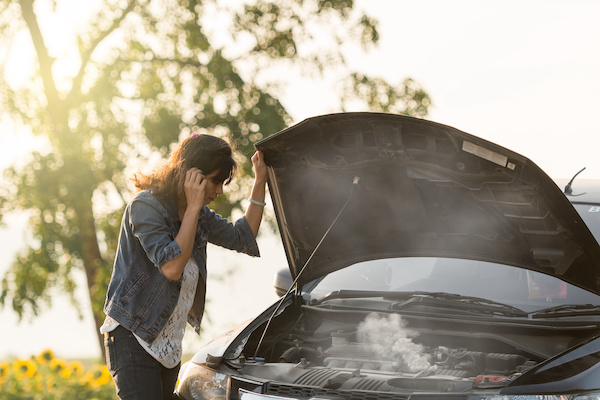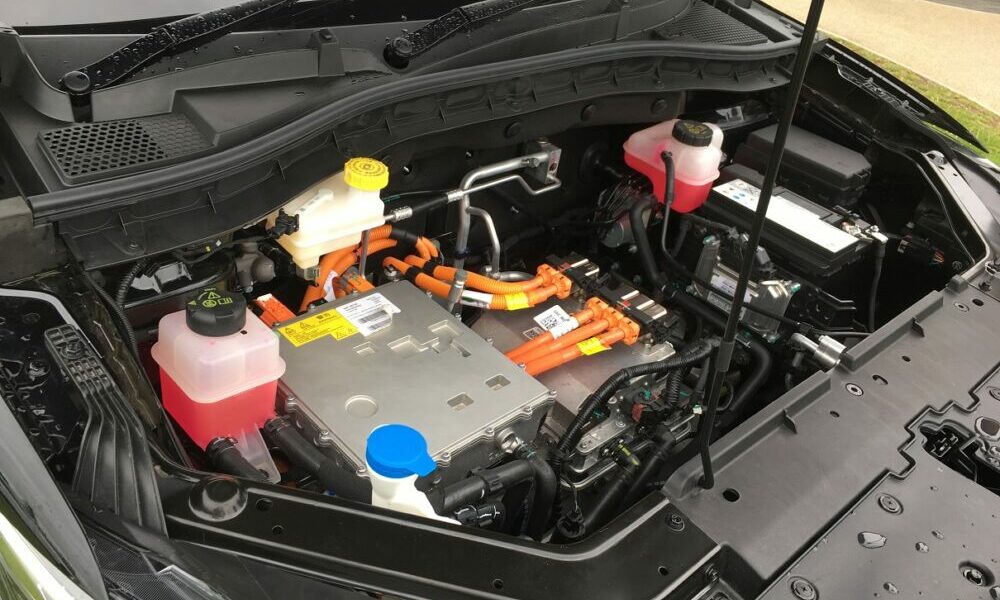Brake rotors are vital components of your vehicle’s braking system, responsible for providing the surface against which the brake pads press to slow down or stop the vehicle. Over time, brake rotors can experience wear and tear, affecting their performance. Understanding when to replace or resurface your brake rotors is crucial for maintaining braking efficiency and safety. Here’s what you need to know about brake rotors and how to identify when they need attention.
The Function of Brake Rotors
Brake rotors, also known as brake discs, are large metal discs that rotate with the wheels of the vehicle. When you press the brake pedal, the brake pads clamp onto the rotors, creating friction that slows the wheels. This process generates heat, and the rotors are designed to dissipate this heat to prevent brake fade. Over time, the constant friction and heat can cause the rotors to wear down, warp, or become damaged, reducing braking efficiency and increasing the risk of brake failure if left unaddressed.
Signs That Brake Rotors Need Attention
There are several signs that your brake rotors may need to be replaced or resurfaced. One of the most common symptoms is a pulsating brake pedal, which occurs when the rotors become uneven or warped. If you hear a scraping, grinding, or squeaking noise when braking, it may indicate that the rotors are too thin, damaged, or covered with debris. Additionally, if you experience reduced braking power or your vehicle takes longer to stop, it could be due to worn-out rotors that aren’t providing enough friction. Regular inspections will help identify these issues early. For brake Repair in Cranston, RI you need the best options here.
When to Resurface Brake Rotors
Resurfacing (or machining) the brake rotors is an option when the damage is minimal but the rotors have become uneven due to wear. Resurfacing involves removing a small amount of material from the rotor surface to restore its smoothness and evenness. This is typically done when the rotors have not worn down too much and are still within the manufacturer’s minimum thickness specification. Resurfacing can help extend the life of the rotors and restore proper braking performance.

When to Replace Brake Rotors
If the rotors are excessively worn, warped, or cracked, resurfacing will not be enough, and replacement is necessary. If the rotors are below the minimum thickness specified by the manufacturer, replacing them is the safest option. Additionally, deep grooves or visible cracks on the rotor surface are signs that the rotors cannot be resurfaced and should be replaced to ensure effective braking.
Conclusion
Brake rotors are crucial for the proper functioning of your vehicle’s braking system. Recognizing the signs that your rotors need attention—such as pulsation, noise, or reduced braking power—can help you decide whether to resurface or replace them. Regular inspections and timely repairs will ensure that your brake system operates efficiently and safely, helping you avoid costly repairs and maintain optimal vehicle performance.

